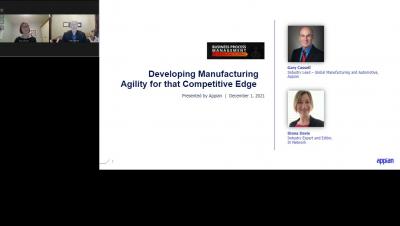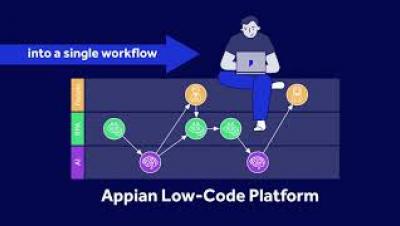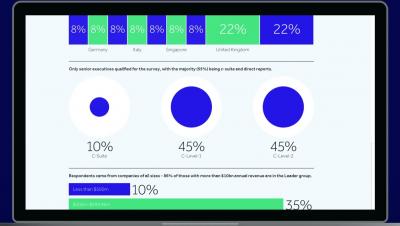Automation Trends for 2022: Gartner Predictions for Hyperautomation
It’s that time again, when everyone is making their predictions for what the hot new trends will be in the coming year. What colors will we be wearing and painting our living room walls? How will we be working? What will we be doing when we’re not at work or at home?








